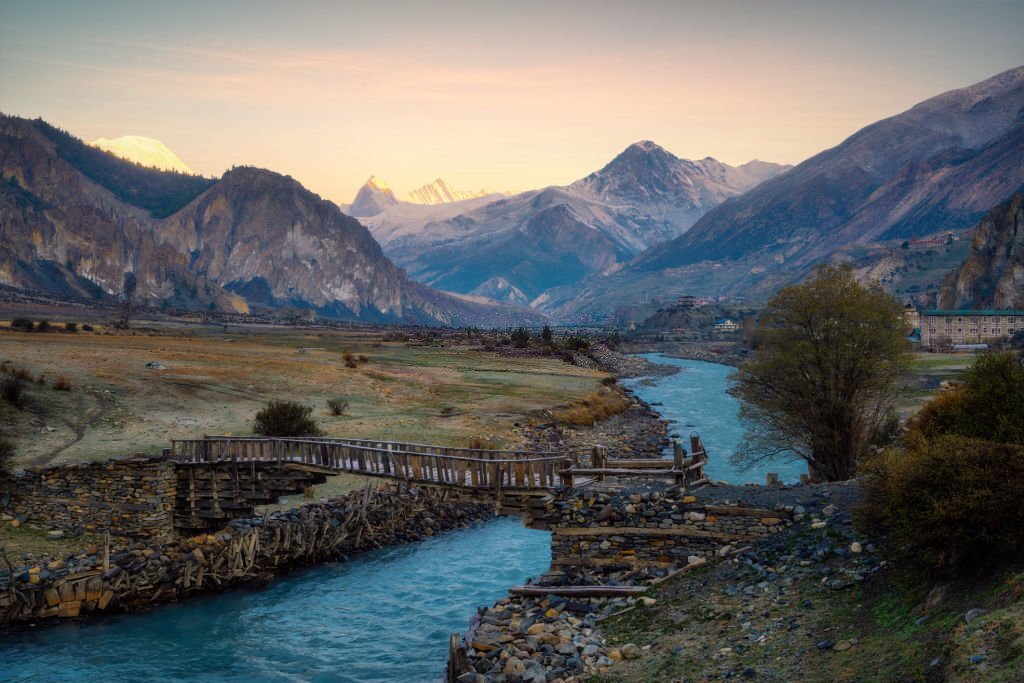
- 1 year ago | 2023-07-31
- Jugal Himal
Sustainable and Responsible Tourism in the Annapurna Region
Annapurna region is a paradise for trekkers, adventure seekers, and nature lovers. Annapurna region is mixed of Snow-capped Mountains and hills in the western region of Nepal. Annapurna I (8091m) and Dhaulagiri (8167m) are listed among the top ten highest mountains in the world. The diverse flora and fauna, lush forests, and wonderful ethnic culture of the region attract outsiders regularly. Due to unwanted invasion of natural resources and unsystematized activities in touristic destinations, trekking routes, and cultural heritage of these areas are at risk. By understanding this bitter truth, we are covering this blog article to discuss the issue of sustainability and responsibility in tourism in the Annapurna Region.
What are the issues and actions to operate tourism in the Himalayan region of Nepal? Only negligible institutions, individuals, and a few government agencies' initiatives are not enough to address the complexity of tourism in the Annapurna region. Without any research and study, trekking trails are converted into motorable roads which are too difficult to maintain and operate throughout the year. In the meantime, we are wasting our resources and effort to construct roads which are now realized as obstacles to the smooth operation of trekking and climbing. Although, we should keep on developing our infrastructure which can lead toward luxury and comfort. But we must have a proper plan to operate sustainable tourism and continuous operation in the region. However, we must think consciously and clearly to minimize the impact of such newer infrastructure and its big impact on the economy, society, culture, and environment while maximizing the benefits for local communities and the natural environment. Sustainable tourism not only benefits locals but also conserves the delicate ecosystem of the Annapurna region and the unique cultural heritage of the local ethnic groups. Within a few highlighted topics, we try to visualize the complexity and opportunities of Tourism in the Annapurna region.
Preserving Nature
Annapurna region spans from Lamjung district to Mustang district where several trekking and climbing destinations are welcoming adventure seekers. The one and only challenge during the operation of trekking and climbing in the hills is to proper management of waste that has been used by trekkers and visitors of these regions. These days active participants of local communities in clean-up campaigns maintain the pristine beauty of the landscape. Guesthouse owners are adopting eco-friendly houses such as biogas plants, and solar-powered energy for lighting and heating. Small-scale hydropower helps to light the rural villages. Annapurna Conservation Area Project (ACAP) has been established to conserve the flora and fauna of this region. They have been working to aware visitors while trekking in the region not to disturb and tease wild animals in their natural habitats which can impact the ecosystems of this region.
Empowering Local Communities
The new initiatives to promote community-based tourism in the villages of the Annapurna region more comprehensive tourism in each corner of the hills. Empowering the community through community homestay programs such as in Ghalegaun, Bhujung, Lawang, and many other small villages with wonderful ethnic cultures welcoming visitors. It ensures community growth and environmental conservation. Cultural exchange and language immersion are the best part of the journey. Ethnic communities like Gurungs welcome visitors with their traditional dance and music. Several groups perform cultural shows for the financial benefit of the community.
Tour and trek operators, guides, and porters are very important in promoting responsible tours in this region. Guides must brief about local customs, and beliefs and strictly suggest trekkers respect the local customs and be more careful in preserving the natural environment. The stunning landscapes of the Annapurna region and abundant natural heritage and cultural traditions are primary assets of this region. As travelers, we have our responsibility to not intervene in the natural setting of awe-inspiring regions. Let's preserve the Annapurna region for generations to come.
